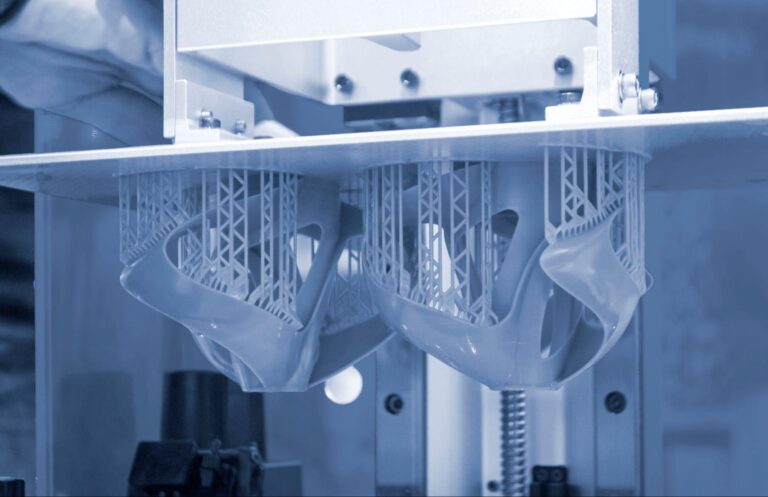Time to read: 4 min

There is no doubt that healthcare has been center stage in 2020, and for good reason, but what has the role of technology been and how can technology help to manage the current crisis and improve health and wellness in the future?
CES has always been a focal point for healthcare, wellness and fitness technologies and this year’s all digital version of the show is no exception. There have been numerous panels and presentations on the topic as well as hundreds of exhibits and innovations.
Public Health Innovation at Warp Speed
One that caught my eye was “Public Health Innovation at Warp Speed”, moderated by Lygeia Riccardi, Advisor and Chief Transformation Officer at Carium and hosted by Jill Gilbert, CTA’s Producer for Digital Health at CES. The opening guest was FDA Principal Deputy Commissioner Amy Abernethy, and interestingly their acting CIO. The other guests on the panel were co-chairs of CTA’s Public Health Initiative, Alexander Garza, Chief Community Health Officer, SSM Health and Dr. David Rhew, Chief Medical Officer & VP Global Healthcare, Microsoft.
In 2020, the FDA has had to be as resilient and fast-moving as ever. They adapted approval protocols for critical health innovations and revolutionary new drug treatments as well as managing a safe COVID-19 vaccine. Amy Abernethy spoke extensively about the sheer volume of data that needed to be managed in the entire process. She described a world with “Data, data everywhere, and not a drop to drink”, referencing the size and complexity of data and the huge challenge of getting that data in front of the right person at the right time. She believes there are several keys to success in using data, one being the ability to aggregate and the other being interoperability.
Regulatory Flexibility to Accelerate Innovation
But perhaps most interesting are the experiences and lessons learned around innovation in real time. As Amy Abernethy explains, it is difficult to innovate in highly regulated spaces, but it’s difficult for good reason. It is critical to balance risk and demand and that has been something the FDA has had to focus on, as well as making sure lessons are learned and a retrospective view is taken to ensure the integrity of the trial, accessibility, and that the data accuracy were not compromised. The FDA has utilized regulatory flexibility to accelerate innovation, particularly with respect to getting testing scaled and drug trials underway. Looking back and learning from these processes is necessary to assess the success of that regulatory flexibility.
Learning How to Learn
Amy Abernethy hopes that this difficult period has helped us to learn how to learn, as this could be a fundamentally positive outcome from the pandemic. She also believes we’ve learned how to innovate in real time and in a more collaborative way, bring together policy, industry, and the public to create better solutions faster.
Collaboration Between Public, Private and Administration
Next, we heard CTA’s Public Health Initiative’s leadership reveal a preview of the key lessons learned from this pandemic as well as their strategic recommendations for the nation to better address future public health emergencies using technology. The Initiative seeks to better understand, and eventually prioritize, how tech can collaborate to apply best practices and lessons learned from this health crisis to future challenges.
Both Dr. David Rhew and Alexander Garza agreed that data management is a huge part of the healthcare puzzle and that old analogue systems simply don’t work when the data pool is so large and complex. Digital transformation is the only solution and the only route to faster better decision making. And like Amy Abernethy, both agreed that the crisis has shown the value of partnership, as companies that might not normally work together have collaborated with a common goal.
CTA’s Public Health Initiative is also looking at public health infrastructure, exploring what the tech industry can bring and how it can improve outcomes. The result of their work should be shared resources, like white papers and presentations, as well as actionable projects moving forward.
More Challenges and Opportunities Ahead in 2021
The biggest challenge of last year was clearly the management of the COVID-19 pandemic and the emergency efforts that were required. This year will likely be more of the same, plus the complexity of a vaccination program not just in the US, but around the world.
The willingness of industry, policy makers, administration and the public to work together will be key to our successful navigation of these challenging times. Health care tech today has the potential to deliver transformational improvements, with immense benefits not just for public health, but also for the smooth functioning of our economy. It’s up to all of us to redouble our coordinated efforts to make it happen.










